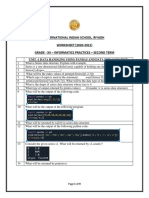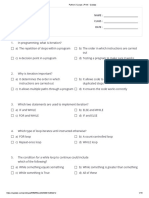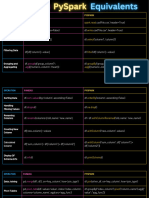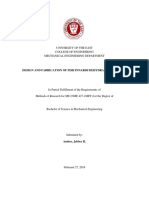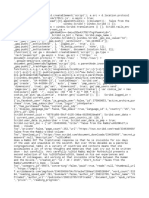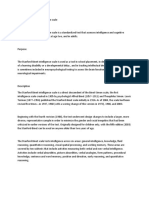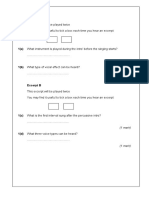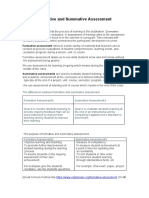0% found this document useful (0 votes)
184 views4 pagesPandas DataFrame Basics Guide
The document discusses various methods for creating, loading, manipulating, and analyzing dataframes in Pandas. Key points include:
- Pandas series and dataframes can be created from arrays, dictionaries, and CSV files using functions like pd.Series(), pd.DataFrame(), and pd.read_csv().
- Data can be extracted from dataframes using indexing, column selection, .loc[], and .pivot_table(). Rows and columns can be renamed, merged, and concatenated.
- Methods like .head(), .info(), .describe() provide information about the data in a dataframe.
Uploaded by
Dev D GhoshCopyright
© © All Rights Reserved
We take content rights seriously. If you suspect this is your content, claim it here.
Available Formats
Download as DOCX, PDF, TXT or read online on Scribd
0% found this document useful (0 votes)
184 views4 pagesPandas DataFrame Basics Guide
The document discusses various methods for creating, loading, manipulating, and analyzing dataframes in Pandas. Key points include:
- Pandas series and dataframes can be created from arrays, dictionaries, and CSV files using functions like pd.Series(), pd.DataFrame(), and pd.read_csv().
- Data can be extracted from dataframes using indexing, column selection, .loc[], and .pivot_table(). Rows and columns can be renamed, merged, and concatenated.
- Methods like .head(), .info(), .describe() provide information about the data in a dataframe.
Uploaded by
Dev D GhoshCopyright
© © All Rights Reserved
We take content rights seriously. If you suspect this is your content, claim it here.
Available Formats
Download as DOCX, PDF, TXT or read online on Scribd
/ 4















